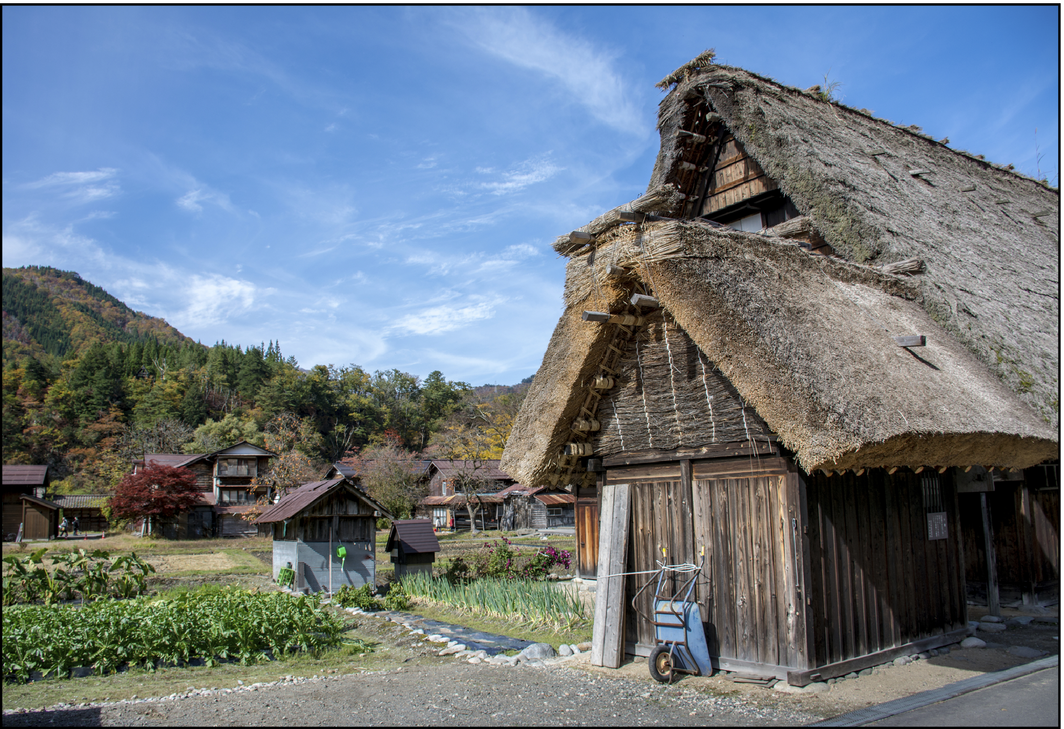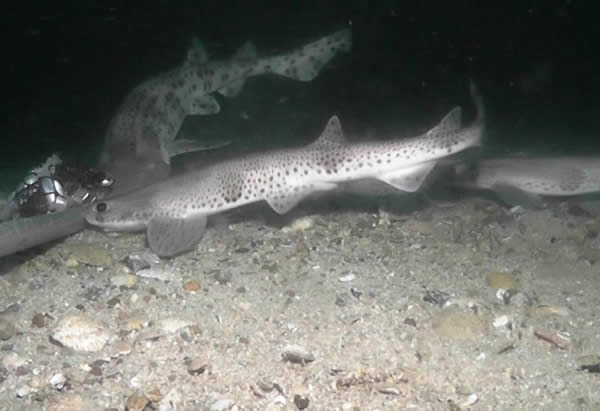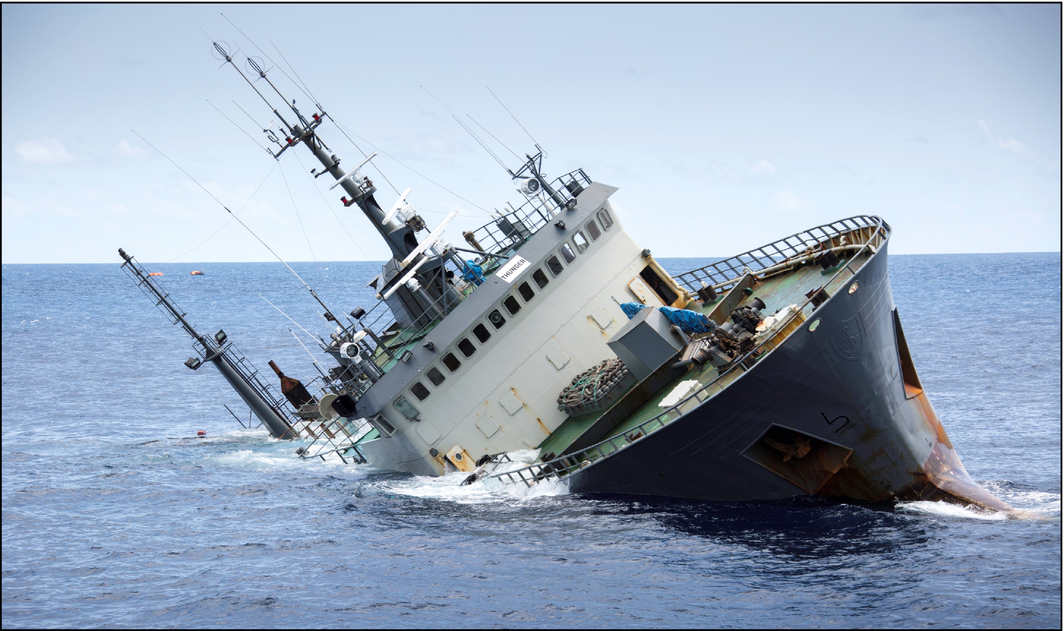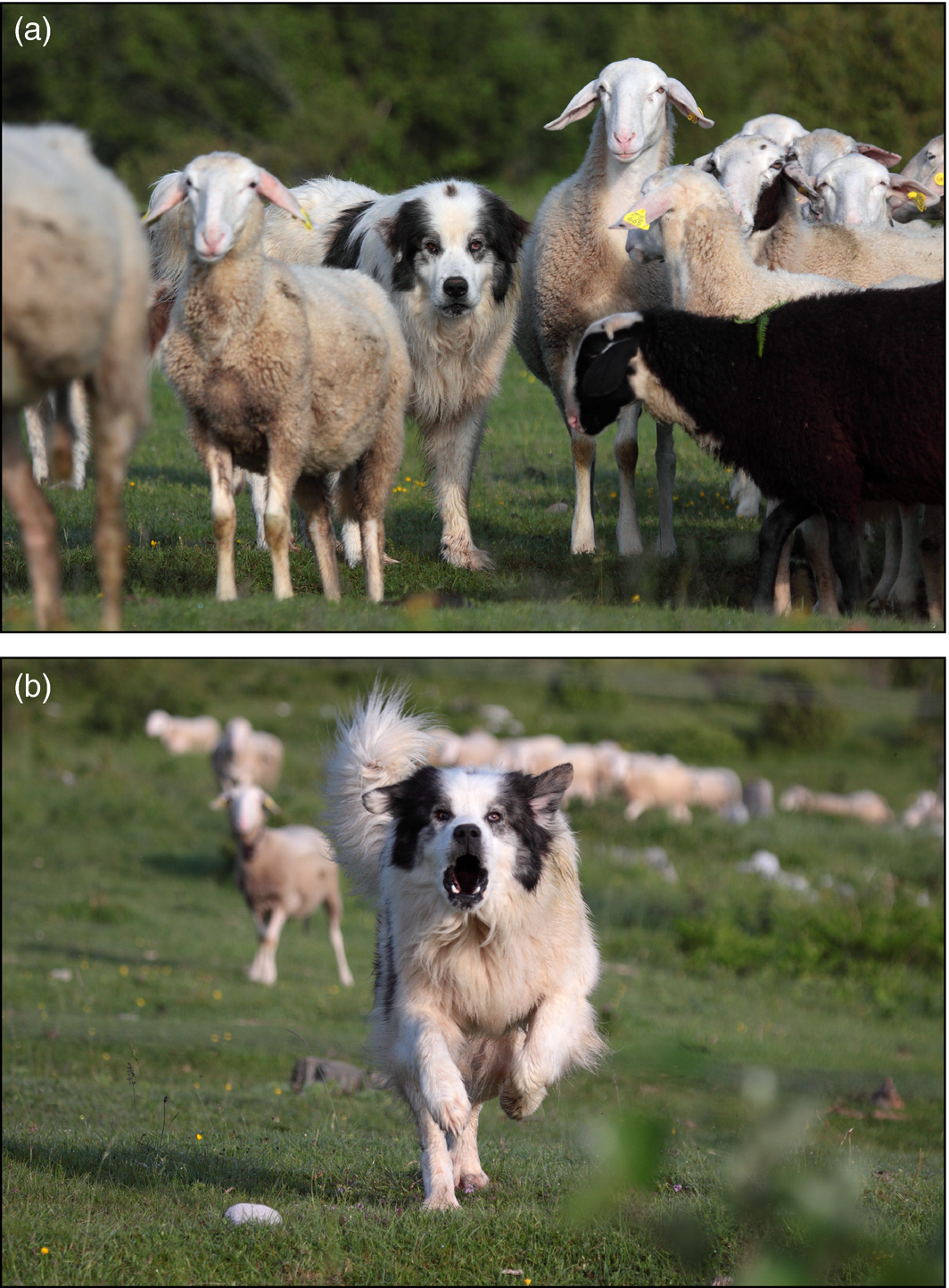
Envisioning a good Anthropocene
By Elena Bennett, associate professor at the McGill School of Environment and Department of Natural Resource Sciences in Ste-Anne-de-Bellevue, Canada. Bennett and colleagues’ Concepts and Questions article “Bright Spots: Seeds of a Good Anthropocene” appeared in the October 2016 issue of ESA Frontiers. We are constantly being bombarded with negative visions of the future, which may inhibit our ability…



